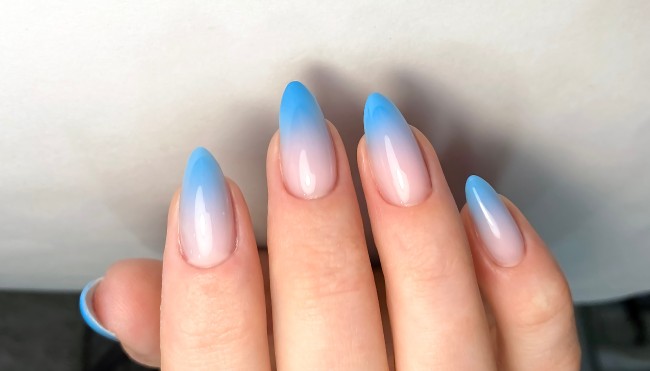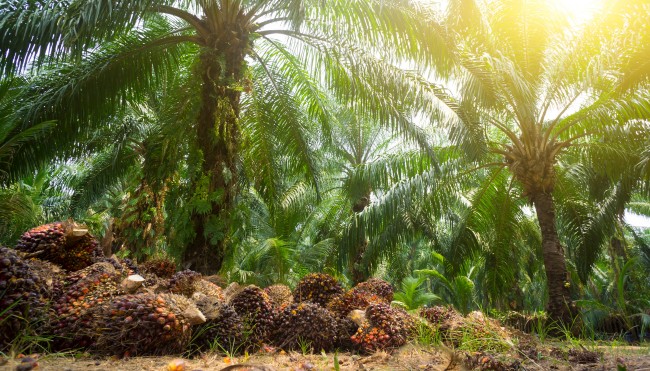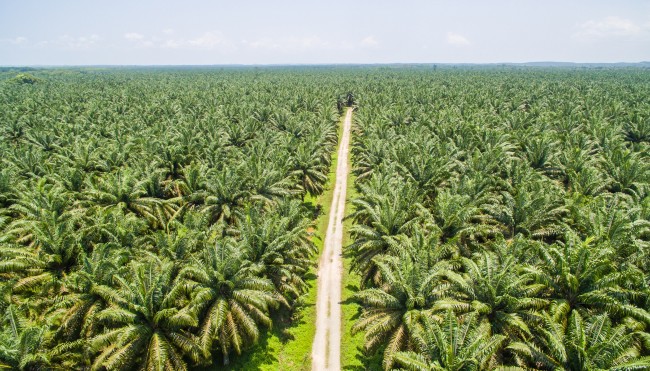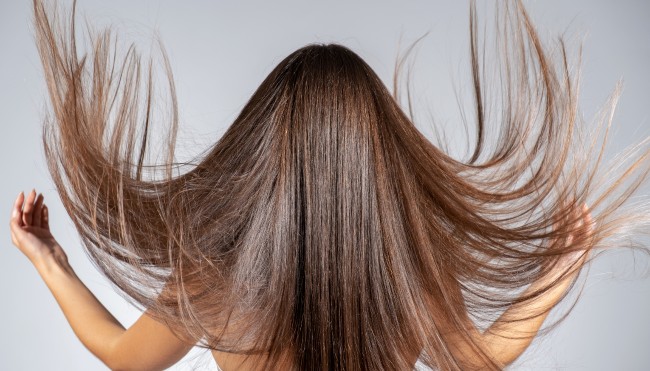These Hairsprays have no Toxic Ingredients
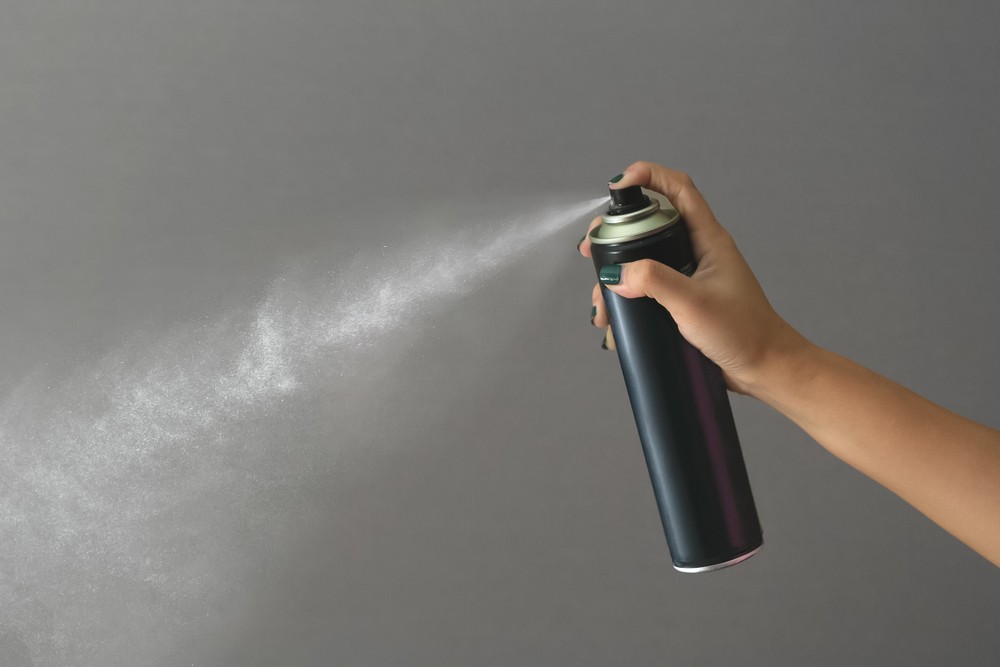
It’s popular as a styling product, but criticized as liquid plastic. What is in conventional hairspray and what effects do the ingredients have on people and the environment? We'll show you what to look out for.
Hairspray can be bought since the 1950's and was a success story from the beginning. The fine spray mist has since helped to keep hold of your hairstyle, protect it from wind and weather and offer it more shine and volume. The use of hairspray is widespread and sales are correspondingly high. But what effects does this enormous consumption have on our health and our environment?
Pump spray instead of spray can
First of all, one should take a critical look at the use of hairspray with a spray can. The propellants it contains can lead to increased formation of tiny particles in the form of aerosols (a mixture of solid and liquid suspended particles in a gas). These can be harmful if used excessively in closed rooms such as hairdressing salons. The tiny droplets can reach deep into the lungs and in the worst cases, lead to inflammation or tissue changes. But above all, the aluminum can itself is a hazard. Since the production of aluminium is very resource-intensive and unfortunately recycling it is only possible to a limited extent, the spray can has a poor CO2 balance and not sustainable at all. The same dilemma arises for other products such as spray deodorants and dry shampoo.
In 2018, 1.1 billion aerosol cans were filled by personal care producers in the UK. A slight increase from the year before which proves its popular demand. Personal care products make up a shocking 72 percent of the total aerosol cans filled!
Therefore, one should avoid spray cans whenever possible. Instead, use pump sprays as they produce larger particles and do not irritate the lungs.
Synthetic polymers- difficult to degrade in nature
Other ingredients that have consequences on the environment are silicones or synthetic acrylate-based polymers. Silicones make hair beautifully smooth by sealing the surface. However, the effect is superficial and short-lived. The polyacrylates provide a perfect hold and fix the hair beautifully in place, but similar to silicones, they cannot be broken down in nature. These synthetic polymers, which are also often referred to as liquid plastic, are the main criticism of environmentalists. Since they are not metabolized by organisms, they are accumulated in the environment over decades and centuries! The consequences for humans and ecosystems cannot yet be foreseen, but negative effects can be expected in the long term.
Potentially harmful substances in hairspray
In addition to being a detriment to the environment, there are also ingredients that are harmful to our health. These include certain PEGs, benzophenones and ethylhexyl methoxycinnamates.
Polyethylene glycols or PEGs for short are used as emulsifiers, i.e. for mixing water and oil. Even if hairspray is applied superficially, you cannot completely avoid the product from getting onto the scalp and remaining there until the next hair wash. Furthermore, some PEGs make your skin more permeable to other substances! As a result, unsafe active ingredients in the same product can be absorbed by the body more easily and possibly cause damage.
Benzophenones are small aromatic compounds that protect your hair from UV light. Since 2013, this substance has been classified as potentially carcinogenic. Two benzophenone by-products have also been shown to cause changes in reproductive hormones.
Ethylhexyl methoxycinnamate or octinoxate is also a UV filter and is mainly used in sun creams. The substance is under criticism because there is evidence of hormonal effects on the human body. The EU is currently working on a final evaluation. Until then, it would be better not to use products containing this substance.
Hairsprays with questionable ingredients
These hairsprays contain some substances that can be of concern.
If you also want to avoid animal products of any kind, you should keep an eye on the ingredient shellac. This resin is obtained from the secretion of the female lac bug and is thus not vegan.
Hairsprays without questionable substances
Fortunately, more and more manufacturers are supplying products with safe ingredients. You can find some products here:
Make your own hairspray - sustainable and creative
The good news is you can make your own hairspray with just two ingredients! All you need is water and sugar. Simply dissolve sugar in boiled water and apply to the hair with a refillable pump bottle. For 100 millilitres of water you should use about 30 grams of sugar. Depending on how firm you want your hair to hold, you can increase or decrease the amount of sugar. Try it out and see what suits you best!
Essential oils or mint leaves can be added for a pleasant fragrance. Here you can let your creativity run wild. Keep in mind that this self made hairspray is not long lasting. It is best to make only a small quantity and check the smell and consistency before every use; then you can’t go wrong.
Related links:
- What are acrylate-based polymers?


